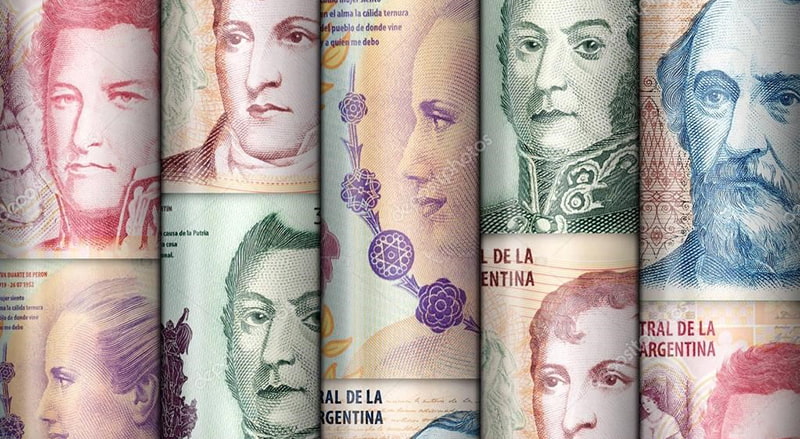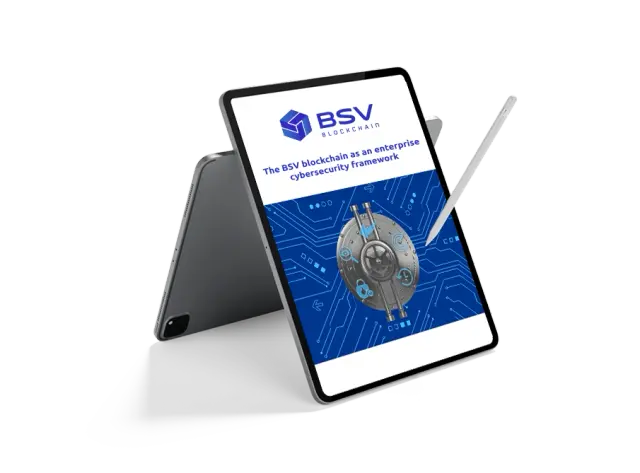In February 2022, Jimmy Nguyen, Founding President of The BSV Blockchain Association gave a compelling presentation about the value of data at the Blockchain for Saudi Vision 2030.
Taking the audience on a journey of recording and storing data throughout history, Jimmy illustrated why Blockchain Technology should be viewed as the next step in the evolution of data – a new and efficient infrastructure on which we can record, store, view and send data on a public ledger.
We invite you to watch the presentation or read the transcript below.
The evolution of data storage and management
Data is the foundation of digital transformation, from AI, biometrics, robotics and machine learning.
Data is the new oil.
But if you want to capitalise on this new oil, you will need an infrastructure that is suited to dealing with this increasingly ubiquitous resource.
The ubiquity of data in the digital economy
Every day, there are three hundred and six point four billion emails generated across the world, 500 million tweets, 95 million photos uploaded, especially generated by young people on TikTok and Instagram, and every other social media app.
And did you know that 90 per cent of the world’s data was created only in the past two years?
This exponential growth of data is going to continue as the world of interconnected devices and Internet of Things evolves so everything we touch and interact with will be collecting, generating and sending data.
A brief history of data
Data comes from the Latin term datum: a thing given.
Data gives us many, many things, and that’s why humanity has spent many centuries trying to collect data.
In 19,000 B.C., the first known markings of data are the Ishango Bone, which is an early form of tallying through notches on an animal’s bone.
And then we had ancient collections of knowledge on Cuneiform tablets and other forms of ancient libraries.
But it wasn’t until 1646 that the actual word ‘data’ saw its first published use in an English book in the United Kingdom in London. The book was by Henry Hammond about weakness in sin. The word ‘data’ was derived from ‘dare’, to give, and ‘datum’ a thing given.
In contemporary use, the word ‘data’ is considered ‘a fact given or granted’, and we often use it as the basis of calculation.
Henry Hammond’s book actually led to the next development of data in 1663, where John Graunt in England recorded the first known tables reporting death rates in the City of London to conduct a statistical analysis in order to predict what could improve life expectancy.
It’s this understanding of data not just for its raw purpose, but getting value out of it, that mark humanity’s first foray into extracting more value out of our data. From that ‘Table of Casualties’ book, Graunt published his observations about the varying death rates between genders and also predicted life expectancy that was very valuable to the primitive doctors of that time.
And then data calculation took another big step in the United States where in 1880, when the U.S. Census revealed a problem: the number of people who had to be counted resulted in more data than could be collected through the primitive means of that time.
So in 1890, a gentleman named Herman Hollerith created this Hollerith desk, the first tabulation machine, to more efficiently count punch cards. This was the first effort to create a more automated means to collect, count and process data.
When the world started going digital in 1928, when Fritz Pfleumer invented the magnetic tape for storing data – a precursor to the CD-ROMs, data servers and memory chips we have today.
In the 1960s, we took a big leap into the concept of a virtual connected world, where American computer scientist Joseph Carl Robnett Licklider envisioned what he called at the time an ‘Intergalactic Computer Network’. Although it sounds very like Star Wars, he was really thinking about how we could create a network where data and programmes can be accessed by anyone, anywhere, at any time.
Licklider’s Intergalactic Computer Network was the precursor to the Internet and cloud computing, which started with what is called ARPA, the Advanced Research Projects Agency, in Washington, DC, in the United States.
Data merged with the Internet world in the 1990s, when Sir Tim Berners-Lee created the concept of hyperlinks and hypertext to enable data sharing across the world in what is today the World Wide Web – a data network so vast, we had to create new tools to search, such as when Google Search launched in 1997.
Today, data storage and management has evolved from having servers in physical rooms to the cloud. At the time this development took place, I was a technology lawyer and my clients were very concerned about whether it was safe and secure to move data to the cloud. My clients all over the United States, including big corporations, wanted to negotiate with Google or Amazon for protections should they move their data to the cloud.
Blockchain: distributed data plumbing for the world
Blockchain is the next step in the evolution of data storage. Blockchain means storing and unlocking the power of data through a distributed means not just in one server, not just in the cloud controlled by one company, but by many, many nodes.
And I want you to understand today that blockchain is just plumbing. You hear about a lot of the excitement of blockchain with investments and digital assets in cryptocurrency. At the Association for the BSV blockchain, we view it as infrastructure, the data plumbing that will power all of the world’s data applications.
Just like you don’t really think about what happens underneath the hood of the Internet, blockchain will function as the data economy’s plumbing without you even being aware of its existence.
Unleash the value of Extreme Scale data with the BSV blockchain (eBook)
Although most people have heard that blockchain technology will be the next major technology leap of our lives since the Internet, most don’t fully understand why.
The answer lies in data and the ability for blockchain to create a better world by better optimising, managing access to and monetising it.
Our ‘Unleash the value of Extreme Scale data with the BSV blockchain’ eBook will let you discover:
- The traditional problems with data
- Blockchain’s solution to traditional problems with data
- Use cases of blockchain solutions to data problems
- Why the BSV blockchain is best to implement a blockchain solution






